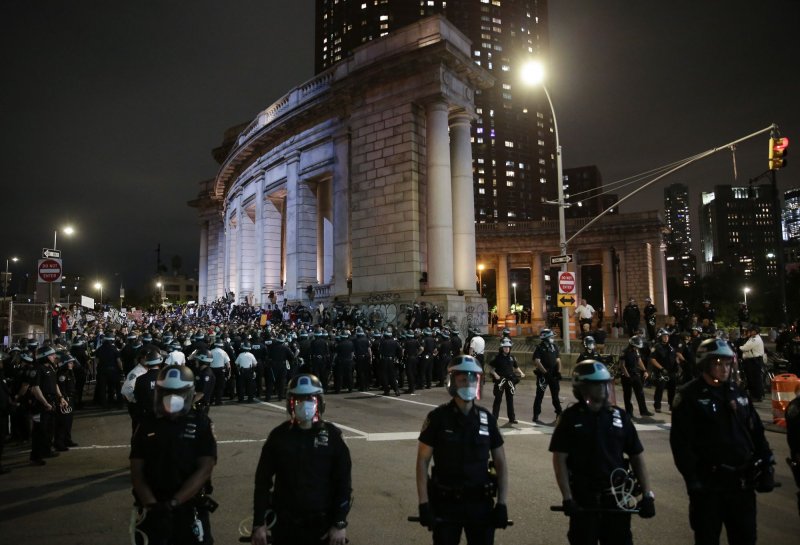Football pitch of rainforest destroyed every six seconds
 AFP / CARL DE SOUZARainforests harbour the richest diversity of wildlife on Earth
AFP / CARL DE SOUZARainforests harbour the richest diversity of wildlife on Earth
Vast tracts of pristine rainforest on three continents went up in smoke last year, with an area roughly the size of Switzerland cut down or burned to make way for cattle and commercial crops, researchers said Tuesday.
Brazil accounted for more than a third of the loss, with the Democratic Republic of Congo and Indonesia a distant second and third, Global Forest Watch said in its annual report, based on satellite data.
The 38,000 square kilometres (14,500 square miles) destroyed in 2019 -- equivalent to a football pitch of old-growth trees every six seconds -- made it the third most devastating year for primary forests since the scientists began tracking their decline two decades ago.
"We are concerned that the rate of loss is so high despite all the efforts of different countries and companies to reduce deforestation," lead researcher Mikaela Weisse, Global Forest Watch project manager at the World Resources Institute (WRI), told AFP.
If second-growth forests and plantations are included, the total area of tropical forest levelled by fire and bulldozers worldwide in 2019 was in fact three times bigger.
But virgin rainforests, as they were once known, are especially precious.
 AFP / Patricio ARANABrazil accounted for more than a third of the loss
AFP / Patricio ARANABrazil accounted for more than a third of the loss
Undisturbed by modern development, they harbour the richest diversity of wildlife on Earth, and keep huge stores of carbon locked in their woody mass.
When set ablaze, that carbon escapes into the atmosphere as planet-warming CO2.
"It will take decades or even centuries for these forests to get back to their original state" -- assuming, of course, that the land they once covered is left undisturbed, Weisse said.
The forest fires that engulfed parts of Brazil last year made front-page news as the climate crisis loomed large in the public eye. but were not the main cause of Brazil's loss of primary forest, the data showed.
Satellite images revealed many new "hot spots" of forest destruction. In the state of Para, for example, these fire-ravaged zones corresponded to reports of illegal land-grabs inside the Trincheira/Bacaja indigenous reserve.
- Rare bright spot -
And that was before President Jair Bolsonaro's government proposed legislation that would relax restrictions within these nominally protected regions on commercial mining, oil and gas extraction, and large-scale agriculture -- all of which could make such incursions even more common.
Frances Seymour, a senior fellow at WRI, said this is not only unjust for the people who have lived in Brazil's rainforests for uncounted generations, but also bad management.
 AFP/File / Raul ARBOLEDAA Colombian Huitoto indigenous man. A mounting body of evidence suggests that legal recognition of indigenous land rights provides greater forest protection
AFP/File / Raul ARBOLEDAA Colombian Huitoto indigenous man. A mounting body of evidence suggests that legal recognition of indigenous land rights provides greater forest protection
"We know that deforestation is lower in indigenous territories," she said. "A mounting body of evidence suggests that legal recognition of indigenous land rights provides greater forest protection."
The coronavirus pandemic could also make things worse, not just in Brazil -- which has been hit especially hard by COVID-19 -- but anywhere it saps the already anaemic enforcement capacities of tropical forest nations.
"Anecdotal reports of increased levels of illegal logging, mining, poaching and other forest crimes are streaming in from all over the world," Seymour noted.
Neighbouring Bolivia saw unprecedented tree-cover loss in 2019 -- 80 percent higher than any year on record -- due to fires, both within primary forests and surrounding woodlands.
Soy production and cattle ranching were the two main drivers.
Australia was devastated last year by wildfires that caused dozens of deaths, destroyed thousands of homes and killed hundreds of millions of animals.
The area of tree cover lost to the blazes increased six-fold compared to the year before, and was by far the largest ever recorded.
"We will probably see a high level of loss in 2020 since some of the fires were still raging" well into the new year, Weisse said.
Indonesia, meanwhile, showed a five percent drop in the area of forest -- 3,240 sq km -- destroyed in 2019, the third consecutive year of decline, and nearly three times less than in the peak year 2016.
 AFP/File / Simon MALFATTOThe planet lost 24 million hectares in forest cover in 2019
AFP/File / Simon MALFATTOThe planet lost 24 million hectares in forest cover in 2019
"Indonesia has been one of the few bright spots in the global data on tropical deforestation over the last few years," Seymour and two colleagues wrote in a recent blog post.
Tropical ecosystems are vulnerable to both climate change and extractive exploitation.
A study in March calculated that the Amazon rainforest is nearing a threshold of deforestation which, once crossed, would see it morph into arid savannah within half a century.
The other countries with the most severe losses of primary forests in 2019 were Peru (1,620 sq km), Malaysia (1,200 sq km), and Colombia (1,150 sq km), followed by Laos, Mexico and Cambodia, all with less than 800 sq km.




















